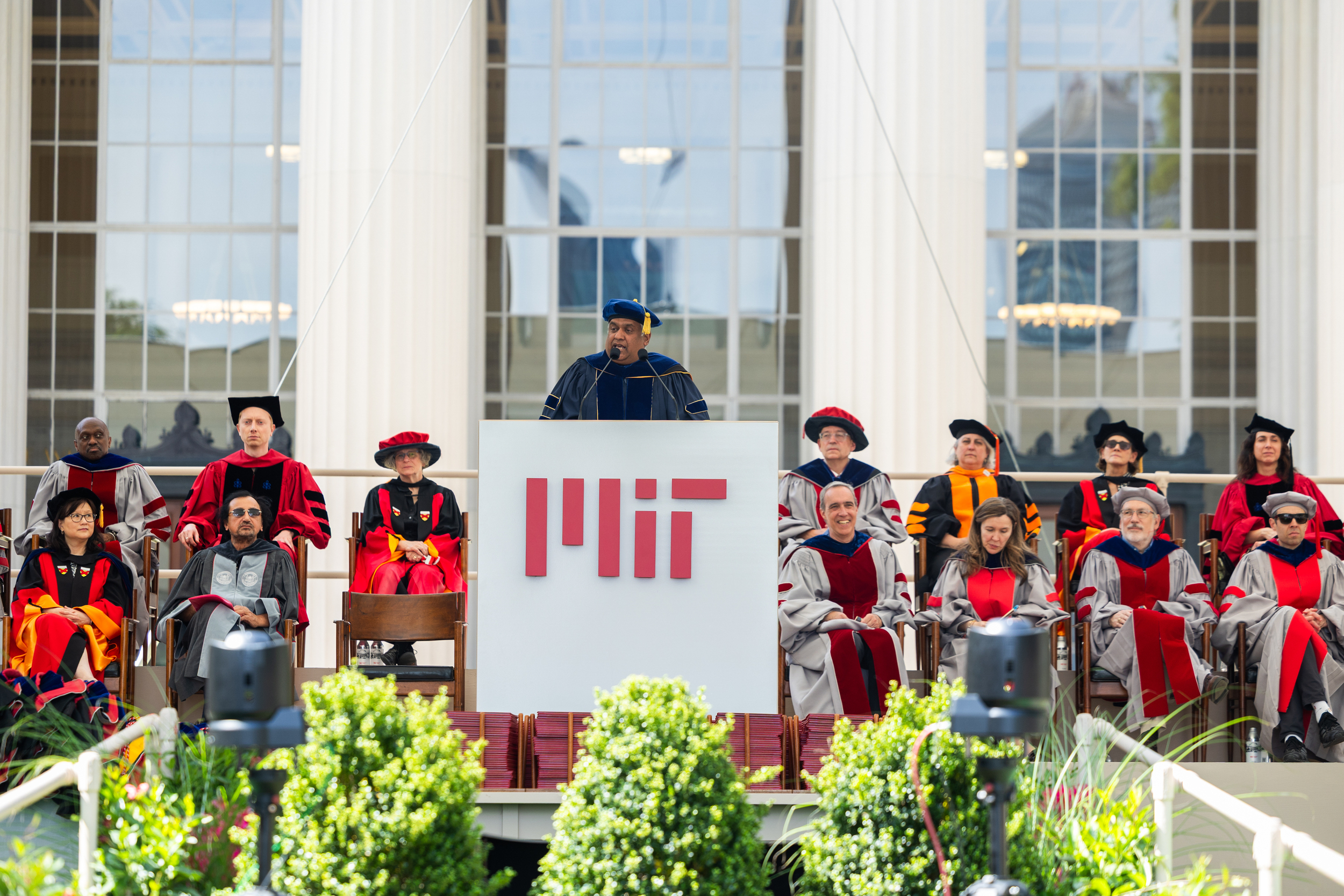Commencement 2025
On Wednesday, May 29, 2025 we celebrated the MIT School of Engineering and Stephen A. Schwarzman College of Computing Advanced Degree Ceremony
Rationale engineering generates a compact new tool for gene therapy
Researchers redesign a compact RNA-guided enzyme from bacteria, making it an efficient editor of human DNA.
An anomaly detection framework anyone can use
PhD student Sarah Alnegheimish wants to make machine learning systems accessible.
MIT mechanical engineering course invites students to “build with biology”
2.797/2.798 (Molecular Cellular and Tissue Biomechanics) explores the intersection of mechanics and biology.
A high-fat diet sets off metabolic dysfunction in cells, leading to weight gain
Researchers also found these effects can be reversed by treatment with an antioxidant.
Shaping the future through systems thinking
Ananda Santos Figueiredo, a senior in civil and environmental engineering, is charting her own course of impact.
New fuel cell could enable electric aviation
These devices could pack three times as much energy per pound as today’s best EV batteries, offering a lightweight option for powering trucks, planes, or ships.
Overlooked cells might explain the human brain’s huge storage capacity
MIT researchers developed a new model of memory that includes critical contributions from astrocytes, a class of brain cells.
A magnetic pull toward materials
MIT senior Maria Aguiar loves everything about materials science — but has a soft spot for garnet thin films, the focus of her undergraduate research.
A new approach could fractionate crude oil using much less energy
MIT researchers’ new membrane separates different types of fuel based on their molecular size, eliminating the need for energy-intensive crude oil distillation.









